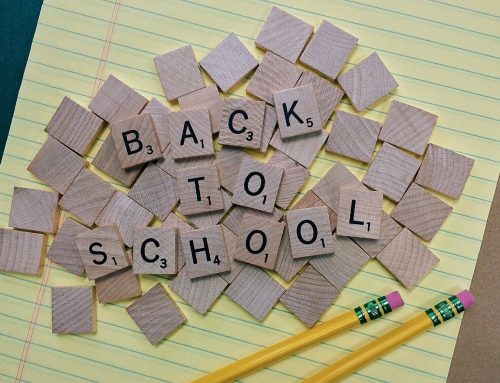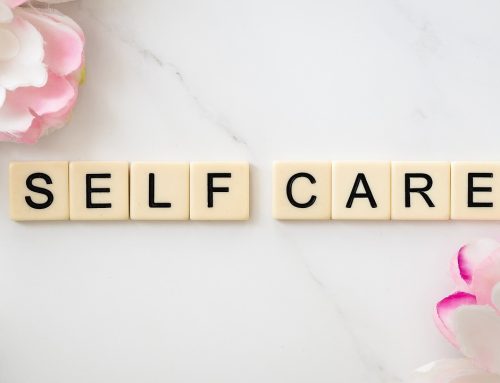In dealing with COVID on a daily basis and continually bemoaning its effects on us as individuals and a society, we wistfully anticipate a return to “normal,” though arguably a normal that will be noticeably different than our past. What we miss is that it may be worth considering the potential positive impact of COVID.
One of the largest impacts may be felt in the mental health field. We know that COVID has increased the incidence and intensity of anxiety and depression.1 Clearly that burdens the current mental health care system. However, it also means that many more people are becoming aware of the realities of mental health issues.
While we know that 1 in 6 people experience a mental health condition in their lifetime, we now have far more people experiencing an acute episode exacerbated by the pandemic, and many more family members and friends also impacted by loved ones, finding themselves also learning how to provide support. This is working to heighten the awareness of mental health issues and may help to diminish stigmatization and accelerate a change in societal attitudes.
Moreover, COVID has had an impact on the delivery of psychological services: some therapists are offering tele-sessions. Though such sessions diminish some aspects of a complete sensory person-to-person office visit, they do have advantages, particularly seen with younger clients. While many find the office to be a stressful, formal environment, being at home may allow the client to be in a more familiar, comfortable space making it easier for them to open up. In addition, some therapists are reporting that seeing clients in a sliver of their home space may also give them glimpses into their world, through the setting and items displayed as meaningful to them. This can be particularly helpful for working with a more reserved or reticent individual.
COVID has challenged our normal means of socialization and maintaining interpersonal relationships. While this has increased the instances of domestic violence and stoked toxic relations, it has also been an opportunity for families to strengthen their bonds and rekindle their connections as they have been required to spend more time together. There are numerous anecdotes of parents and older children conversing more and thereby gaining a better understanding of each other as well as learning to enjoy each other’s company.
Parents are learning about social influencers and TikTok and how teenage angst, while still based on the same anxieties, has transformed since their time. Teens are learning that their parents actually can may understand more than they previously assumed, even though their experiences are different, and they may also find humor and insight into their own challenges from their parents’ experiences. The slowdown that COVID has demanded has allowed many people to discover pleasures at home they were not aware of or had forgotten, from cooking and sharing a meal, to movie night in, to gardening and looking at a starry night while listening to the howl of neighbors at 8 p.m. This experience has compelled us to rediscover and reimagine community.
Connections have definitely been redefined with technology playing a far larger role. We are quick to observe the deficiencies of virtual communication, but there are also advantages. Older adults have lagged behind this generation in technological savviness, but not only that, reticently testing and dipping into their primary modes of communication. Now, we are faced with learning to communicate by their primary modes, which result in increasing the technological competency of a greater part of society. This has a number of positive ramifications. First, virtual visits allow more people to speak to one another across vast geographical distances, and not only to speak but to see one each other. Grandparents and grandchildren living states apart can visit, letters to pen pals from different countries can be replaced by real time synchronous visits. Virtual connections may actually help older people, shut-ins, and those with chronic conditions to avoid feeling lonely and isolated. We have the possibility to connect more with those we love and those we know little about to better appreciate the lives of others who are different than our own.
We also know that COVID has forced dramatic changes to learning. First, it is important to distinguish between online and remote learning. Online learning, to professionals, means asynchronous lessons completed without real time interaction. It allows for widespread dissemination and is less appealing to students as it is less interactive, more passive form of learning. Remote learning engages teachers and students in real time. All students do not have access to the technology needs for successful remote or online learning; however, in the twenty-first century, that access is becoming more fundamental to student success since technological skill is also significant in employability. Given that we will need to address that need, consider how learning is being innovated. In remote teaching (as well as business), teachers and presenters can share far more material of their own design and from around the world through the enormous “library” of the web. Moreover, teachers and students become more skilled in multi-media forms of communication which also enhances their critical thinking skills.
Crisis often propels innovation, and at this time that is particularly true on the technological front. We face security concerns and a diminishing of in-person interactions, but there is also much to be gained from the expansion of our abilities to connect to others throughout the world. It can be refreshing to take a moment to consider the potential fruits that can emerge from the current storm.
Reference:
- Mental Health America. (2020, August 11). More Than A Quarter Million People Screened Positive For Depression, Anxiety Since Start Of The Pandemic.
Content provided by:
Prof. Colleen Donnelly
University Of Colorado – English and Health Humanities colleen.donnellly@ucdenver.edu











Leave A Comment